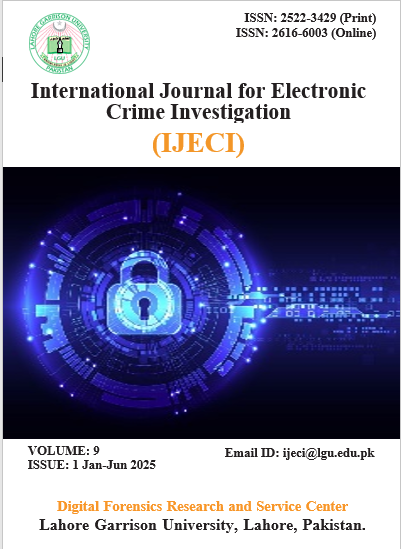Regulating Digital Finance: A Critical Analysis of Pakistan’s Virtual Assets Ordinance 2025
Abstract
The Virtual Assets Ordinance 2025 of Pakistan, which establishes a legislative framework for virtual assets, crypto service providers, and a Central Bank Digital Currency (CBDC) pilot, is examined critically in this article. It assesses the scope, governance, sandbox design, and licensing system of the Ordinance, emphasizing jurisdictional overlaps, enforcement ambiguities, and the separation of civil and criminal culpability. Comparisons with the United Arab Emirates, Singapore, India, and the European Union's Markets in Crypto-Assets Regulation (MiCA) highlight Pakistan's regulatory strengths and weaknesses, especially with regard to Shariah compliance. The article argues that the Ordinance runs the risk of restricting innovation and creating legal uncertainty if it is not refined. It ends with recommendations for legislative permanency, institutional capacity-building, and a tiered licensing approach.

